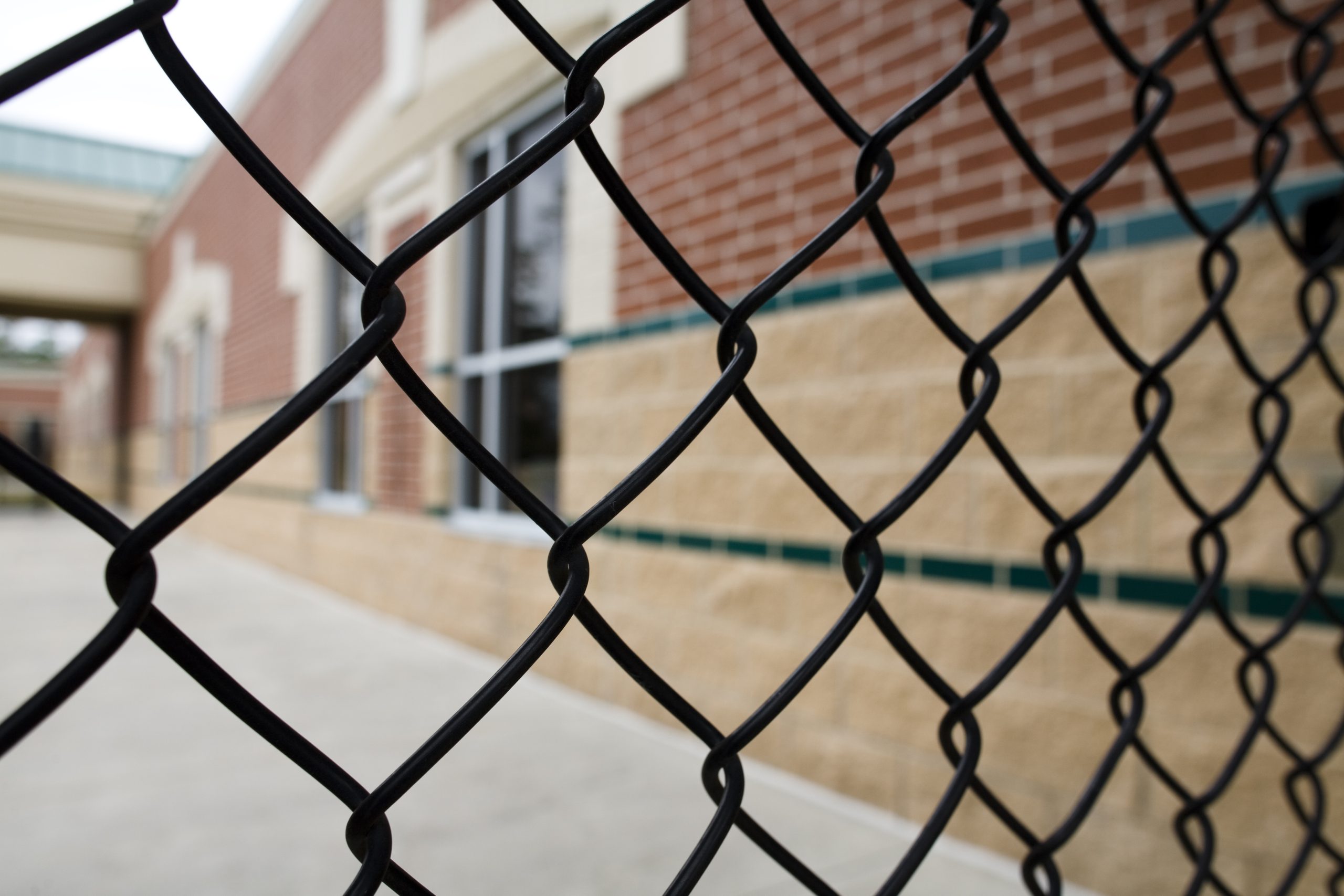Growing concerns about the effects of social media on youth mental health have expanded to stemming use of social media among young people to purchase illicit substances. Local educational agencies play a vital role in partnerships addressing this issue.
A March 20 webinar hosted by the U.S. Department of Education Office of Elementary and Secondary Education’s Office of Safe and Supportive Schools, the Office of National Drug Control Policy (ONDCP) and the National Center on Safe Supportive Learning Environments featured experts discussing how young people access counterfeit medications and illicit substances through social media, motivations for misuse and the role of schools in curbing it among students.
“The internet, social media apps and other online spaces are an important part of students’ lives. They visit these spaces for friendship, peer support, for entertainment and myriad other reasons. These online spaces can be a positive place for young people,” said Elyse Robertson, federal program officer for the Office of Safe and Supportive Schools. “They can also expose young people to messages and marketing ploys that can lead them to engage in behavior that negatively impacts their health and well-being. The negative impacts of social media resulted in the Surgeon General’s releasing an advisory on social media and youth mental health in 2023. In addition to concerns about youth mental health, online spaces and social media apps also make it easier for young people to access counterfeit medications and illicit substances.”
Kemp Chester, senior advisor to the director of ONDCP, noted that “the illicit drug production and trafficking environment that we’re in right now is the most dynamic and complex that we’ve ever had in our history and potentially the most dangerous.”
It used to be that individuals who intended to buy heroin, for example, got what they paid for. Now, he said, individuals who believe they’re buying Xanax may actually receive fentanyl pressed into a pill form.
“Every day countless lives are lost to overdoses caused by the abuse of both prescription painkillers and other illicit drugs, specifically drug poisoning deaths are often from synthetic opioids like fentanyl, often disguised as prescription medication where they’re in fact counterfeit,” explained Ryan Sibbald, special agent in charge in the Special Operations Division of the Pharmaceutical, Chemical And Internet Investigation Section of the Drug Enforcement Administration. “More and more synthetic narcotics are being created, a lot of them 50 times or more potent than fentanyl,” he continued. “Americans are dying at an alarming rate. Among persons aged 14 to 18 years old, overdose deaths increased 94 percent from 2019 to 2020, and then another 20 percent from 2020 to 2021. Now these have gone down slightly, but these are still absolutely unacceptable.”
Marci Hertz, associate director of program implementation at the Centers for Disease Control and Prevention’s Division of Overdose Prevention, said that a lot of the key driving factors that influence adolescent substance use are related to multifaceted set of circumstances and challenges, many of which relate to behavioral or mental health challenges.
In addition to building a strong sense of connectedness among students and staff on campus, LEAs can utilize their site-based health centers to support this work.
“One of the key levers that are present in many schools across the country are school-based health centers,” she said. “Students are 20 times more likely to visit a school-based health center for behavioral health care that is mental health-related services than they are to visit a community clinic. And students with access to behavioral health services at student-based health centers report lower frequencies of cigarette use, marijuana use and misuse of prescription drugs. It’s important that schools and community-based organizations partner together to expand the reach and increase access to school-based health services and integrate mental health services into these important resources in school settings.”
A recording of the webinar as well as all the documents and toolkits discussed can be found here.
Learn more about how the fentanyl crisis is impacting California students and how state and LEA leaders are working to address it in the spring 2023 issue of California Schools.





